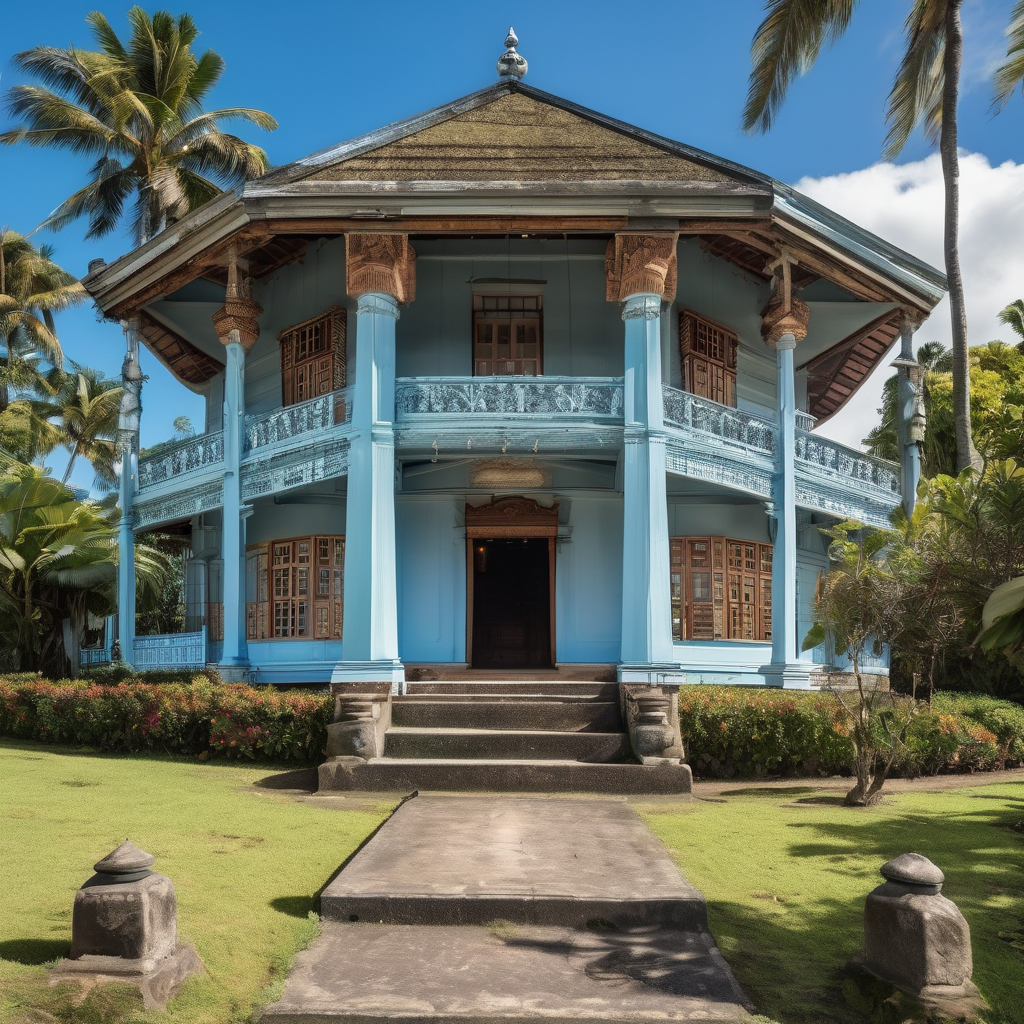In 1916, Badri Maharaj made history by becoming the first Indian member of the Legislative Council in Fiji, nominated directly by the Governor. This pivotal moment marked a significant step in the representation of the Indian community in Fijian governance. As Fiji’s Indian population grew throughout the 1920s, there was increasing agitation for enhanced political representation, reflective of the demographic shift.
The advocacy for greater political inclusion led to a crucial constitutional development in 1929 when the Letters Patent allowed for the election of three Indian representatives to the Legislative Council. By 1937, further progress was made when the council evolved into a partly elected body, introducing a system comprising both elected and nominated members from the European and Indian communities, while increasing the Fijian representation as well.
World War II brought about a temporary change in governance structure, whereby both official and unofficial council members acted as ministers responsible for various departments involved in the war effort. However, after the war, the governmental format reverted to its previous structure, remaining largely unchanged until a major reconstruction in 1963 that allowed women to vote for the first time. This reconstruction also marked the election of Fijian representatives directly by the populace, an essential milestone in Fijian democracy.
With the British government indicating in 1963 its willingness to clarify Fiji’s future relationship with Britain, discussions surrounding a constitutional framework increased, highlighting the escalating push towards internal self-government. This backdrop demonstrates the growing autonomy and political complexity of Fijian society, showcasing a trajectory toward greater inclusivity and representation.
Today, as Fiji navigates its political landscape, there is still a concerted effort to address the demands for constitutional amendments and the representation of diverse communities, including continued advocacy for the rights of the indigenous Fijians, as echoed by contemporary discussions involving entities like the Great Council of Chiefs. The current political environment indicates a hopeful possibility for future reforms that could lead to a more cohesive and inclusive society, uniting the diverse aspirations of all Fijians while upholding the nation’s democratic principles.
The historical context provided by Maharaj’s initial representation serves as a reminder of progress made, and the challenges yet to come, as Fiji aspires for a governance framework that is reflective of its multi-ethnic identity and promotes unity among its people.
